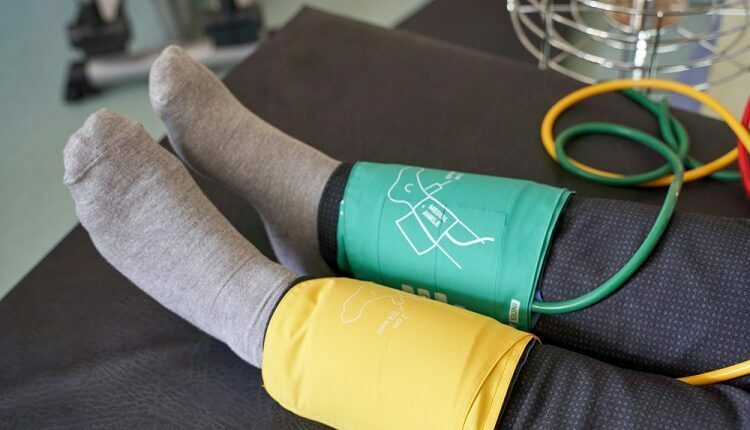7 Tips To Help You Prevent Peripheral Arterial Disease
If you have peripheral arterial disease (PAD), one or more of the arteries that carry blood to your limbs are narrowed or blocked. This is most often caused by atherosclerosis, which is plaque buildup in your artery walls. Over time, this plaque can harden and narrow your arteries, making it difficult for blood to flow through. PAD can lead to several serious problems, including pain in your legs and feet when you walk (called claudication), wounds that won’t heal, and even amputation. But there are treatments available that can help improve your symptoms and reduce your risk of complications. If you experience any symptoms, you need to talk to a Coconut Creek peripheral arterial disease specialist to determine the best treatment. Here are some tips to help you prevent the condition from developing.
Table of Contents
Exercise
Physical fitness is the epitome of good health, especially true when it comes to the circulatory system. Exercise helps improve blood flow by making the heart muscle stronger (which pumps blood more efficiently) and opening up blocked arteries. That’s why aerobic exercise is often recommended for people with PAD. Aerobic exercises include walking, jogging, swimming, and biking.
Stop Smoking
Smoking is one of the worst things you can do for your circulatory system. It damages blood vessels and makes it more difficult for the heart to pump blood. If you smoke, the best thing you can do for your health is quit. Many programs and products are available to help you quit smoking, so talk to your doctor about what might work best for you.
Eat a Healthy Diet
Eating a healthy diet is vital for overall health, but it’s crucial if you have PAD. A healthy diet can help improve blood flow and reduce plaque buildup in your arteries. Eating plenty of fruits, vegetables, whole grains, and lean protein can help keep your arteries clear and your blood flowing smoothly.
Maintain a Healthy Weight
Obesity has become increasingly common in recent years. And as with smoking and a sedentary lifestyle, being obese can increase your risk of developing PAD. Maintaining a healthy weight is essential for overall health, but it’s crucial if you have PAD. Losing weight can help improve blood flow and reduce plaque buildup in your arteries.
Control Your Blood Sugar
If you have diabetes, it’s essential to keep your blood sugar under control. High blood sugar can damage your arteries and lead to PAD. Keeping your blood sugar under control can help prevent PAD from developing or getting worse.
Monitor Your Blood Pressure
High blood pressure is another risk factor for PAD. If you have high blood pressure, you need to have it under control. There are many different medications available to help lower blood pressure. Work with your doctor to find the proper medication for you.
Get Regular Checkups
If you’re at risk for PAD, getting regular checkups is essential. Your doctor will likely recommend having an ankle-brachial index (ABI) test every year. This test is used to check for blockages in your arteries. Your doctor may also recommend other tests, such as an ultrasound or CT scan, to check for blockages.
To summarize, Coconut Creek peripheral arterial disease specialists indicate that exercise, eating a healthy diet, maintaining a healthy weight, controlling your blood sugar, monitoring your blood pressure, and getting regular checkups are all important for preventing or treating PAD. If you experience any symptoms, talk to your doctor to get the best treatment possible.

